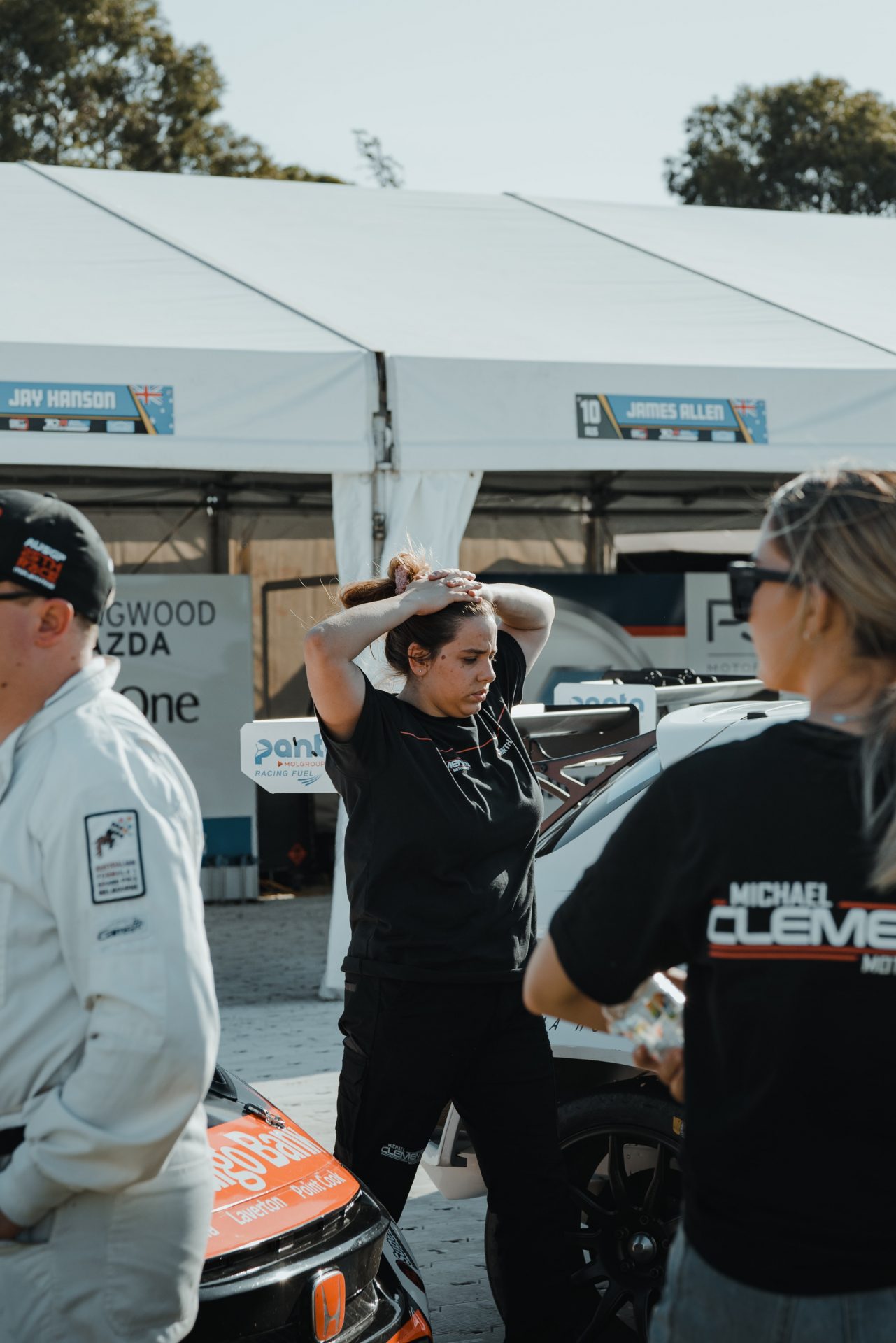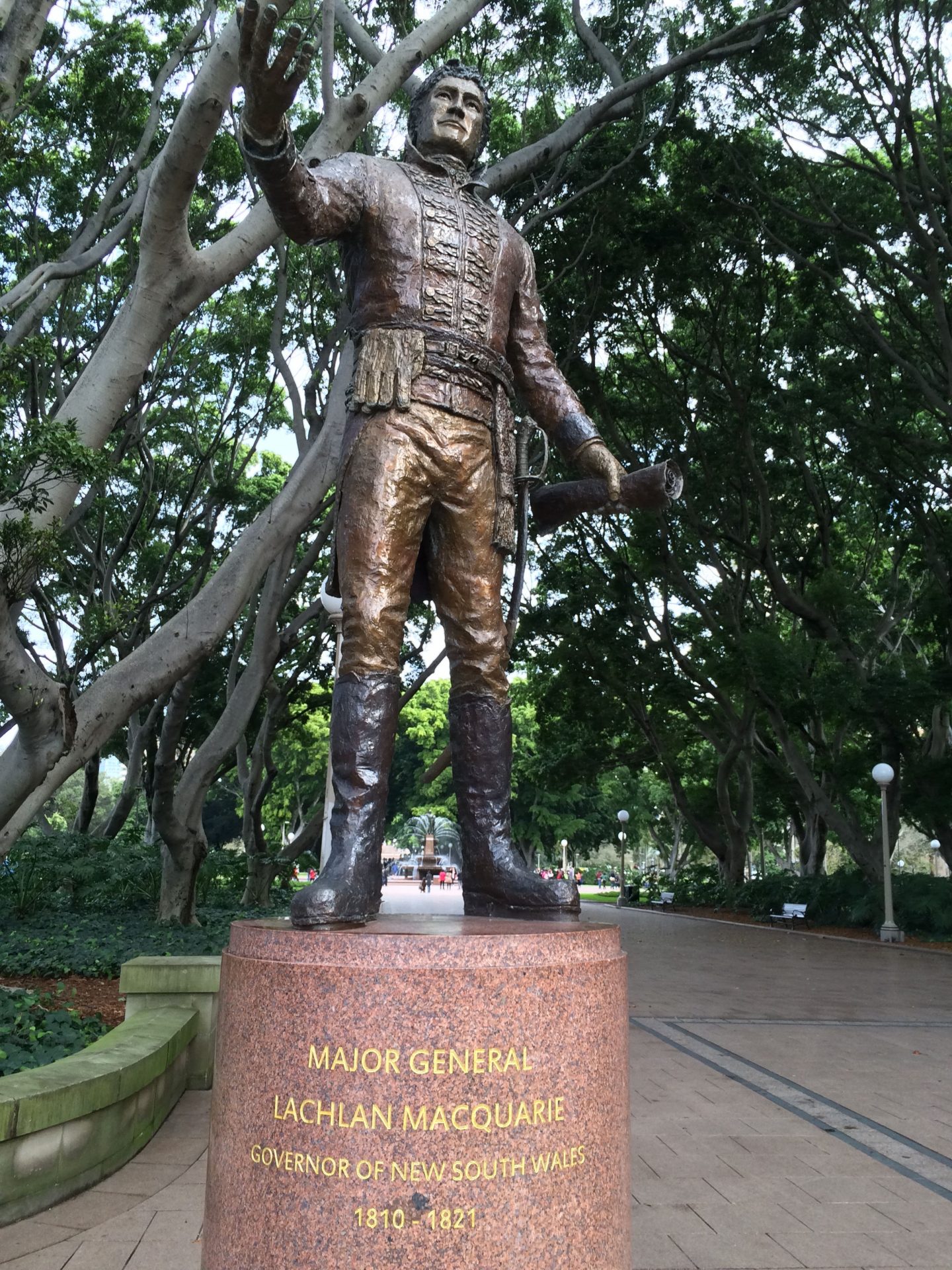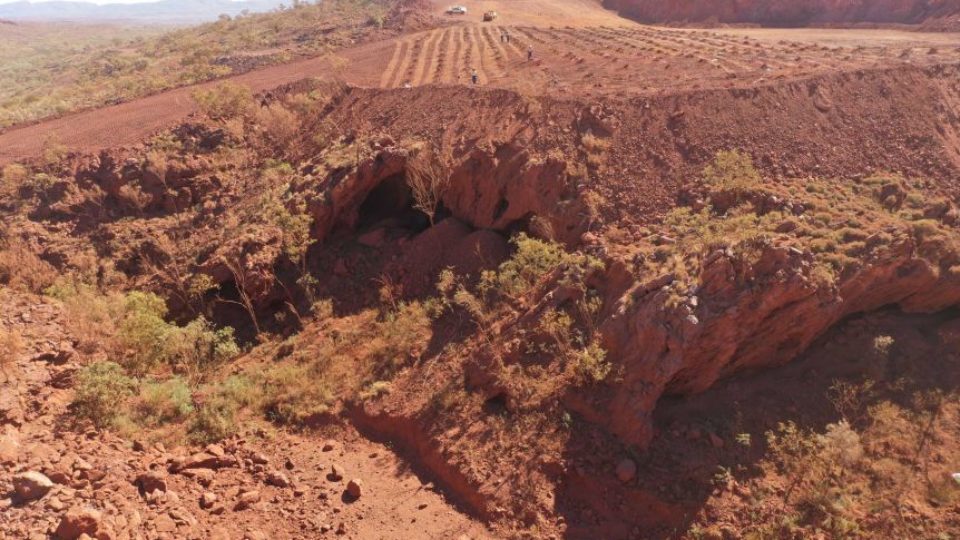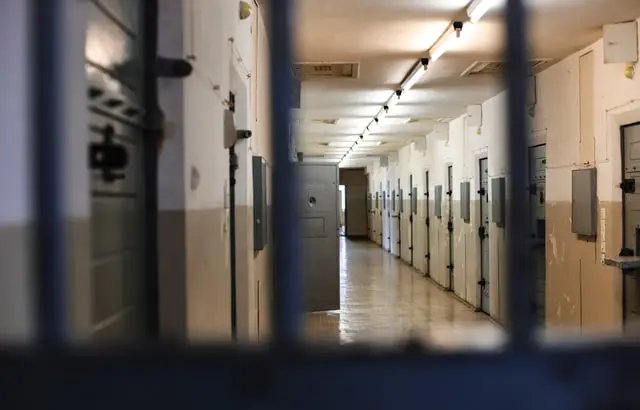A report into the much-criticised practise of police strip searches in NSW will be handed to the NSW government today.
It follows a series of inquiries and investigations by the state’s Law Enforcement and Conduct Commission which revealed a poor understanding about how the searches are supposed to be used.
The inquiry has focused in particular on the treatment of young people and confirmed that Aboriginal youths and adults were disproportionately targeted by police for strip searches.
Sam Lee, police accountability officer for the Redfern Legal Service, says they want to see legislative change as a result of the report.
“We call on the Government and the opposition to implement urgent reforms to strip search law in NSW. It’s time to end this harmful and invasive practice that is traumatising children and young people.”
Included in the report:
- Over a four-year period from 2015-16 to 2018-19, police conducted a total of 51,527 strip searches
- Only around a third of all strip searches in the field detected a relevant item on the person searched
- In 2018-19, suspected possession of an illegal drug accounted for 91.9 per cent of the reasons police conducted a strip search
- In 2018-19 Aboriginal and Torres Strait Islander people accounted for 17.8 per cent of all strip searches.
Key findings from the report include:
- Aboriginal and Torres Strait Islander people were disproportionately subjected to strip searches, particularly in custodial settings.
- Legislation fails to make clear the distinction between strip searches and general searches and fails to provide clear guidance to police officers in relation to the legal threshold for a strip search.
- Police should record the reasons for a strip search on Body Worn Video, if available, before a search.





